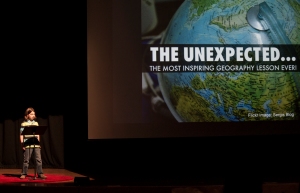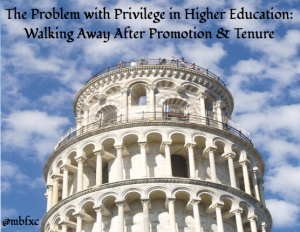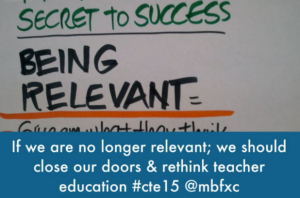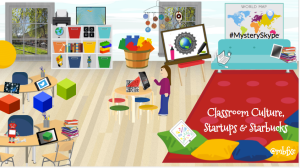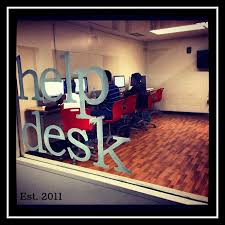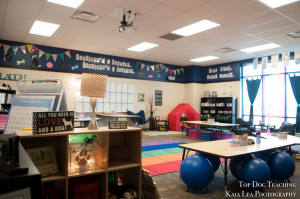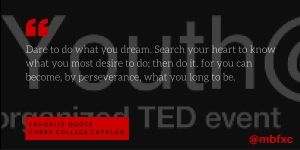Digital Citizenship Summit Heads to Twitter HQ in October
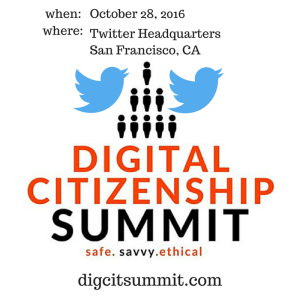 This week’s announcement about the Digital Citizenship Summit being held at Twitter Headquarters on 28 October is such an incredible opportunity for the entire digital citizenship global community that I wanted to write this post to thank all the people who have supported us from the very beginning. There have so many people behind the scenes, volunteers, speakers, and supporters from around the globe. From the bottom of my heart, thank you for being part of this critical conversation and continuing to move it forward into your classrooms and communities.
This week’s announcement about the Digital Citizenship Summit being held at Twitter Headquarters on 28 October is such an incredible opportunity for the entire digital citizenship global community that I wanted to write this post to thank all the people who have supported us from the very beginning. There have so many people behind the scenes, volunteers, speakers, and supporters from around the globe. From the bottom of my heart, thank you for being part of this critical conversation and continuing to move it forward into your classrooms and communities.
Believing that nothing happens in a vacuum or by accident, I also wanted to write this post to thank all the people who have personally supported me from the very beginning of my digital citizenship journey. I am indebted to numerous people for casting light on my journey and am so grateful to my PLN for graciously sharing their time, talent and passion with my students over the years.
For me, the making of the Digital Citizenship Summit happened long before our inaugural event last October at the University of Saint Joseph in West Hartford, Connecticut. In fact, my journey started years ago before I even had my first email address or mobile device. As a middle school teacher, I was always student-centered and focused on meeting the developmental needs of young adolescents. My interest in amplifying student voice has always been my True North and reason behind any and all decisions I’ve made during my educational career.
Although Tyler Clementi was the student who changed my perspective and inspired me to change my practice, he was never a student in my classroom.
I did not know Tyler, but his suicide made me determined to focus on a solution. Tyler Clementi could be my son, your son. He was a brother, grandson, nephew, cousin, friend, neighbor, and most importantly, a human being. This perspective launched me into uncharted territory. I am the mother of a son. What if this was my son? What can I do to make sure this doesn’t happen again? How can I make a difference?
In many ways, Tyler Clementi was the impetus behind my First Year Seminar course, Pleased to Tweet You: Are You a Socially Responsible Digital Citizen? My definition of digital citizenship is a direct result of the iCitizen Project which asks students to think and act at a local, global and digital level simultaneously. By 2011, I was tired of digital citizenship being an add-on to the curriculum, as well as edtech and bullying conferences. I knew digital citizenship needed its own space and that’s why I created and designed 3 credit courses specifically around the nine elements of digital citizenship at both the undergraduate and graduate level. In February 2012, I also planned and hosted my first livestreamed event, the iCitizenship Town Hall Meeting for both a live and virtual audience and just like the Digital Citizenship Summit, none of this would have been possible without the support of countless people.
As I reflect on the people who have supported me, I am reminded of just how many students and educators have virtually joined my digital citizenship courses and participated in the #digcit chat on Twitter over the years. Week after week, members of my PLN graciously shared their time, talent and passion with my students through Twitter, Skype and Google Hangout. I could seriously write a book on the entire experience, but for this blog post, I’ll share one of my favorite virtual guests, Jeremiah Anthony, a high school student from Iowa. Jeremiah Skyped and live tweeted, Stand Up & Speak Out with Digital Citizenship with my undergraduates. He demonstrated how it takes just one person to make a difference in your community both on and offline.
There have been so many people over the years who have been that one person to me and I just want to publicly thank anyone who has ever supported me through all my digital citizenship courses, projects, Twitter chats and conferences, including the iCitizenship Town Hall Meeting, Digital Citizenship Summit and the Digital Citizenship Summit UK. It has been a privilege and an honor to learn alongside a global network of students, educators, parents and the edtech industry as we collectively continue to solve problems and create solutions together.
So, from my middle school classroom in the early 90’s to my college campus in West Hartford to Bournemouth Univeristy in the UK to Twitter Headquarters — thank you, thank you for being part of this incredible journey.
My heart is full.

